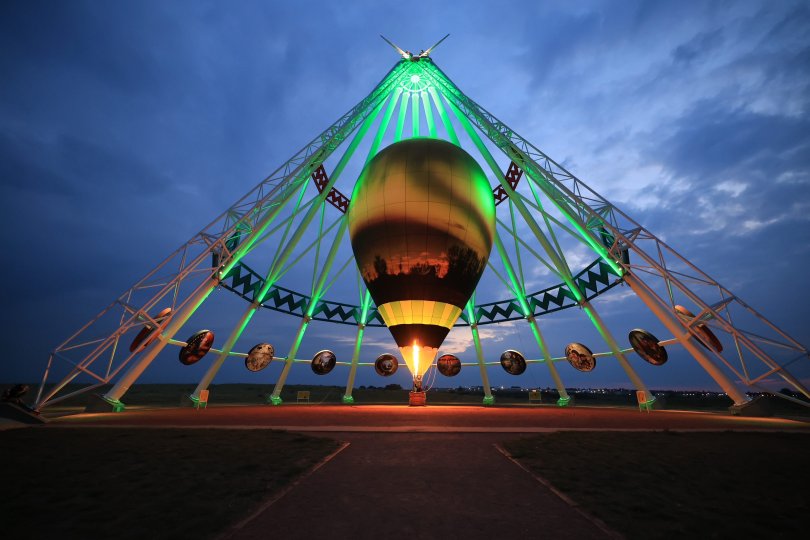Overlaid Artwork

This is the most common and basic option. Graphical elements are cut to certain shapes from different fabric colors. Then they are sewn on to individual panels. Overlaid artwork is mainly used for lettering, logos, and elements with distinctive outlines and colors. Its advantage is the simplicity and subsequent take out of the graphics (e.g. after contract completion). Disadvantage would be a slightly heavier envelope.




